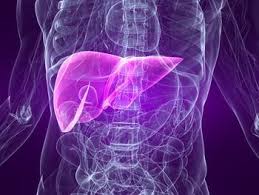Popular Posts
-
Living with hepatitis forum : hepatitis I hepatitis II forum hepatitis-liver forum III forum on hepatitis hepatitis...
-
Hepatitis F is one of the major types of Hepatitis which affects a large number of people all over the world. This is also known as ...
-
Liver Functio n: Essentiale Forte N has been used in Europe for decades as hepatoprotector and recommended by european health profession...
Translate
Subscribe to:
Post Comments (Atom)
important sites
Forums
Popular Posts
-
Living with hepatitis forum : hepatitis I hepatitis II forum hepatitis-liver forum III forum on hepatitis hepatitis...
-
Hepatitis F is one of the major types of Hepatitis which affects a large number of people all over the world. This is also known as ...
-
Liver Functio n: Essentiale Forte N has been used in Europe for decades as hepatoprotector and recommended by european health profession...
-
The liver is one of the most important organs in the human body. Our largest organ, the liver is located in a central position of the ...
-
The treatment goal in chronic hepatitis is to prevent the development of cirrhosis of the liver. Living with hepatitis involves some mino...
-
Artichoke my aid in the regeneration of the liver and improve its function, Taraxacum root is of great help to the liver , in addi...
-
Herb : gentian (root) dandelion (root) milk thistle (seed) -Gentian (root): Many gentians are difficult to grow ou...
-
“ Litijan ” and its protective matter protect liver ; its active substances have regenerative effect on liver parenchyma within lipid de...
-
Zinc is an essential mineral , including to prenatal and postnatal development. Zinc deficiency affects about two billion people in the ...



No comments:
Post a Comment